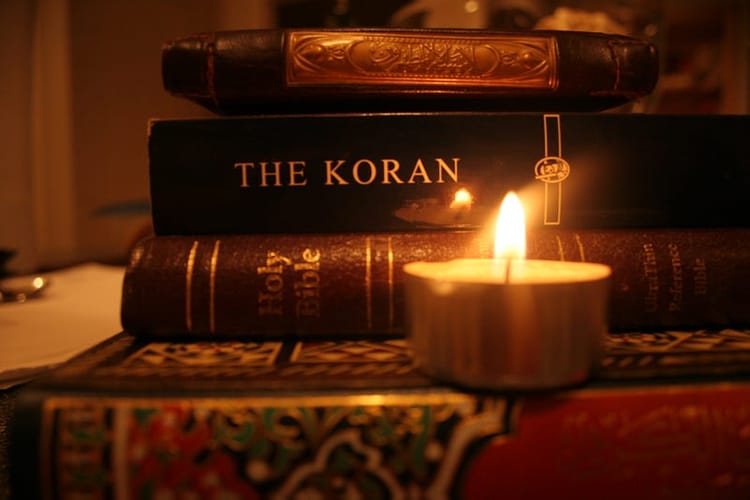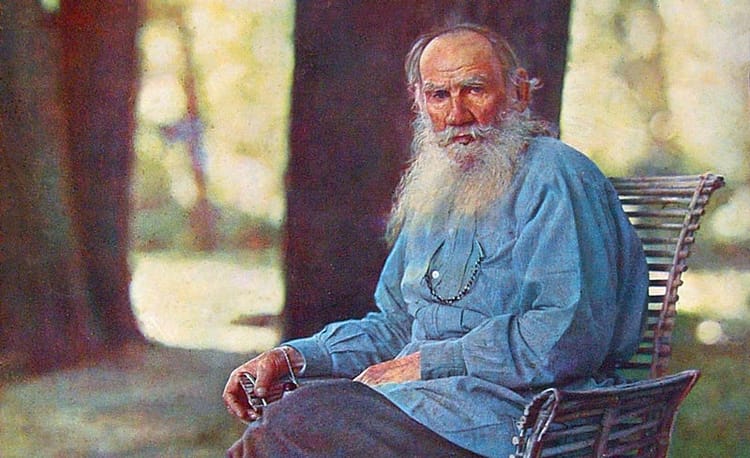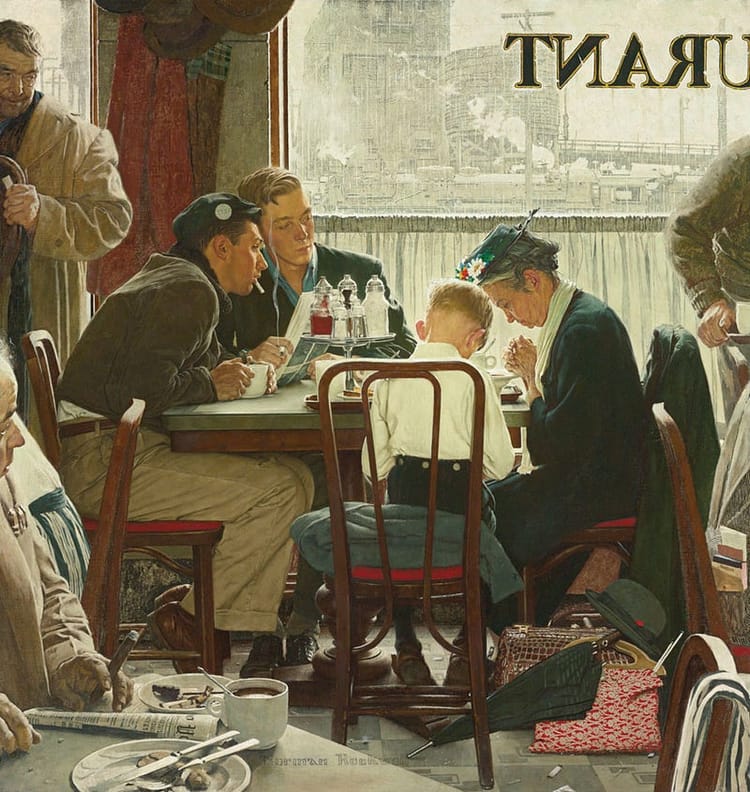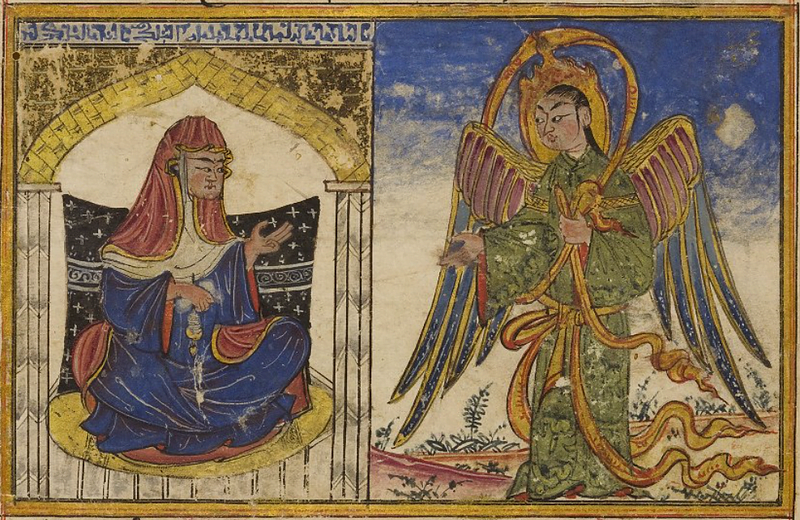The ‘Muslim Priest’: An Introduction (Part 3)
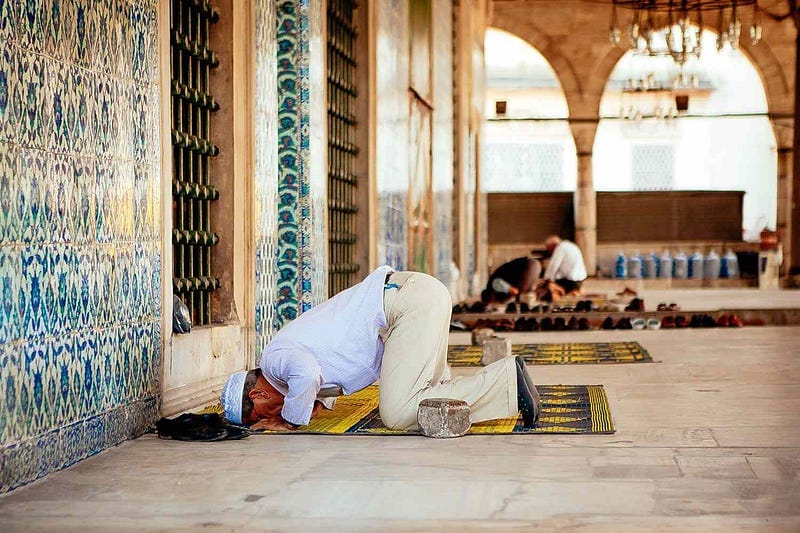
Bismillahir Rahmanir Raheem
In my first and second installment of this brief spiritual autobiography, I explored my early spiritual formation. I had walked away from a possible conversion to Islam in my early 20s and instead chose to remain within the Christian milieu as an Orthodox Christian. Even during my time as an Orthodox Christian, however, my pull towards Islam persisted as I continued to study the faith. In this third installment, I shall begin to discuss my final embrace of Islam.
When I last left off, it was 2019. My good Russian Orthodox friend and influential blogger had just announced his conversion to Islam. I was a bit blindsided by this news. How could he ‘reject Christ’? How could he cross over enemy lines? Even though I was more curious than anything as to the reasons of his conversion, there was still a knee-jerk reaction in my response. From an Orthodox Christian background, there was more than a little ‘clash of civilizations’ in my reaction.
For me, 2019 was a pivotal year. Or perhaps 2020, to be more exact. (And maybe that is true for most everyone, given the events of that year.) It was in 2019, however, that I entered into a Masters of Theology program at a well-known Catholic university. All of a sudden, I found myself outside of a monastic environment and in the heart of a busy Midwestern city.
Two important things happened during this period: 1) I had access to a massive university library well-stocked in books about Islam and Sufism. And 2) the Lockdown.
In a monastic setting, my access to anything about Islam was limited to what I was able to find online, mostly. Much of the time the quality of this information was hit or miss. Furthermore, much of the books and resources that I had access to were of a very biased nature. (In a sense, they were anti-Islamic.) Now, not only did I have a massive library of Islamic material at my disposal, but I also had access to real live Muslims with whom I could discuss matters of faith and theology. It was a widening of my world beyond the spiritual confines of a monoculture monastery.
The spiritual consequences of the Lockdown of 2020 cannot be downplayed, either. It was in the cocoon of my apartment in 2020 — in my Des Esseintes-like solitude — that my draw towards Islam deepened. I watched as the entire Church shut down completely during the Covid crisis. All sacraments cut off. Funerals denied. Anointing of the sick done away with. When the faithful most needed the Church — the Church was not there. The doors were locked. Only a few brave and faithful priests broke this cruel and unjust prohibition to actually care for their flock.
As for myself… as a priest, I could hold Divine Liturgy on my own in private — and did. I could pray on my own — and did. Inviting refugees in for sacraments in what seemed like an emergency situation. (Were we to possibly die without the sacraments?)
It wasn’t simply that I had more time during this period to read about my “hidden” love — Islam. Even more than this, I began to envy a spiritual life like Islam which was not so tied to a priestly class and corrupt hierarchy. Here was born, in the desert, a nomadic faith — bare forehead and face touching the ground before a magnificent monotheistic God. The God of Abraham, Isaac and Jacob. Lā ʾilāha ʾillā-llāh, Muḥammadur-rasūlu-llāh.
The pull to Islam was stronger than ever. And I think, for me — as a monk — my experiences were drawn mostly from prayer. From a sort of poetic intuitiveness. Reading rational arguments for Islam was helpful. Theology is, of course, indispensable. The historical case for Islam was also something that occupied my intention. All of this was very helpful in building an intellectual case for Islam, but only as a sort of foundation. A launching point. At the end of the day, God is met in prayer. Forehead touching the ground. It was this love that drew me. There was no mediator. There was no sacrament save the Word. Lā ʾilāha ʾillā-llāh, Muḥammadur-rasūlu-llāh. The voice of the Divine calling out through the Quran. The call to prayer. Bismillahir Rahmanir Raheem.
My understanding of Islam, however, was still inefficient and incomplete. I felt a draw towards this mystical dimension of Islam — towards real Sufism. Yet every time I reached out to self-proclaimed Sufi groups in America, I did not find authentic Islam. Instead, I found aging white suburban hippies in yoga pants. Whatever Sufism they observed or practiced may have at one time had its roots in authentic Islam, but it clearly did not anymore.
So my clandestine search for a ‘Sufi master’ or a ‘spiritual elder’ continued. My problem at the time was that I had this idea of a two-fold structure of Islam: Sufism on one side (authentic or not), and a sort of modern Salafism on the other. I found each side of such a dichotomy lacking. True Sufism could not be true Sufism without authentic, orthodox Islam, and orthodox Islam could not be authentic, orthodox Islam without true Sufism. So, as a student of theology living in through the Covid era, I was at a sort of stalemate. To whom should I talk to? Where should I go?
I did have some Muslim friends. As kind as they were, they were not terribly observant. They were friendly and wished to help, but could not answer many of my questions. The university wasn’t very helpful. They had their own religious program and their own agenda. All talk of authentic and ‘orthodox’ religious belief and practices were to be subservient to the prevailing Zeitgeist. “All religions are ultimately the same. I’m okay, you’re okay. Social justice matters are our true concern in this life.”
What did impress me was the piety of some of the Muslim students on campus. Every day I would pray in a small chapel in the university student union — the Hours, Matins, Vespers, etc. While I was almost always the only person in the chapel praying out of all the mostly Catholic students at this university, I did notice that the Muslim prayer room was regularly attended. There were many times when I felt the urge to take off my shoes and to go and pray with them.
I graduated with my Masters in Theology. I was urged to continue to get my PhD, but I had other plans in mind. For years, some colleagues of mine and myself had been working on a project to start a small, traditional monastery connected to a sustainable local community in rural America. Despite our good intentions and our labors, however, wrenches kept getting thrown in our plans.
Meanwhile, I continued my ongoing conversation with my Russian Orthodox friend-turned-Muslim. Through social media, as well, I met a number of other wonderfully well-learned Muslims with whom I forged a deep connection. So much of what I thought about Islam to this point I realized was false. So many false impressions. So many wrong assumptions. So many unexamined prejudices. The walls began to crumble.
At this point, I had a Quran always by my side on my desk along with my Bible — both of which I read daily. I could say (and did say) that I considered myself to be a sort of “Muslim Christian”, but I wasn’t yet sure how.
The further delays in our monastic community plans gave me time to read, pray, and explore Islam further. This led to the end of 2021. My final stretch and embrace of Islam, which I will cover in my next installment. The past year — the year of 2022 — was one of intense spiritual transformation and epiphany. It was a year which had led me across the nation and back again in search of the one thing that I had always dedicated my life in searching: the Truth. And alhamdulillah, I found it.
(To be continued.)

